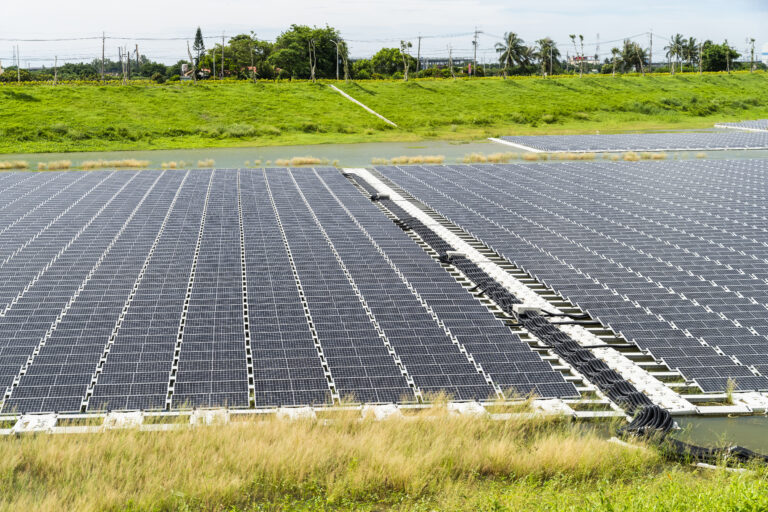
Texas Instruments (TXN.O) projected fourth-quarter revenue and earnings below expectations on Tuesday due to a need for production cuts in response to weakened demand within its vital industrial market. Following this announcement, the company’s shares, headquartered in Dallas, Texas, declined by 4.5% in after-hours trading.
In the third quarter, sales within the industrial sector, which accounts for a significant share of Texas Instruments’ revenue, witnessed a decline in the mid-teens percentage. This decline was prevalent in all regions except Japan, as reported by Dave Pahl, Head of Investor Relations at TI, during discussions with analysts.
“As China came out of COVID, I think most of us would have expected there to be a more significant rebound, which just hasn’t materialized,” he said.
The company forecast current-quarter revenue between $3.93 billion and $4.27 billion, compared with analysts’ average estimates of $4.49 billion, according to LSEG data.
TI forecast profit per share between $1.35 and $1.57, below estimates of $1.76 per share as it had to lower its factory loadings in the third quarter to reduce inventory and protect its gross margin.
The forecast suggests that demand is anticipated to deteriorate further, and this weakness is expected to endure for at least the next few quarters, according to analysis by Edward Jones analyst Logan Purk.
For the three months concluding in September, revenue declined in all segments except for the automotive sector, which saw a notable 20% increase in sales during that period.
While the broader automotive end-market’s weakness and the influence of the United Auto Workers strike raised concerns among most analysts, TI’s executives indicated that they perceive no alterations in the demand trends stemming from that sector.
Nonetheless, according to Summit Insights Group analyst Kinngai Chan, the dim outlook is attributable to declining orders not only in the industrial sector but also in the automotive market.
Revenue declined by 14% to $4.53 billion, falling short of the projected $4.58 billion, although earnings per share reached $1.85, exceeding the expected figures.







